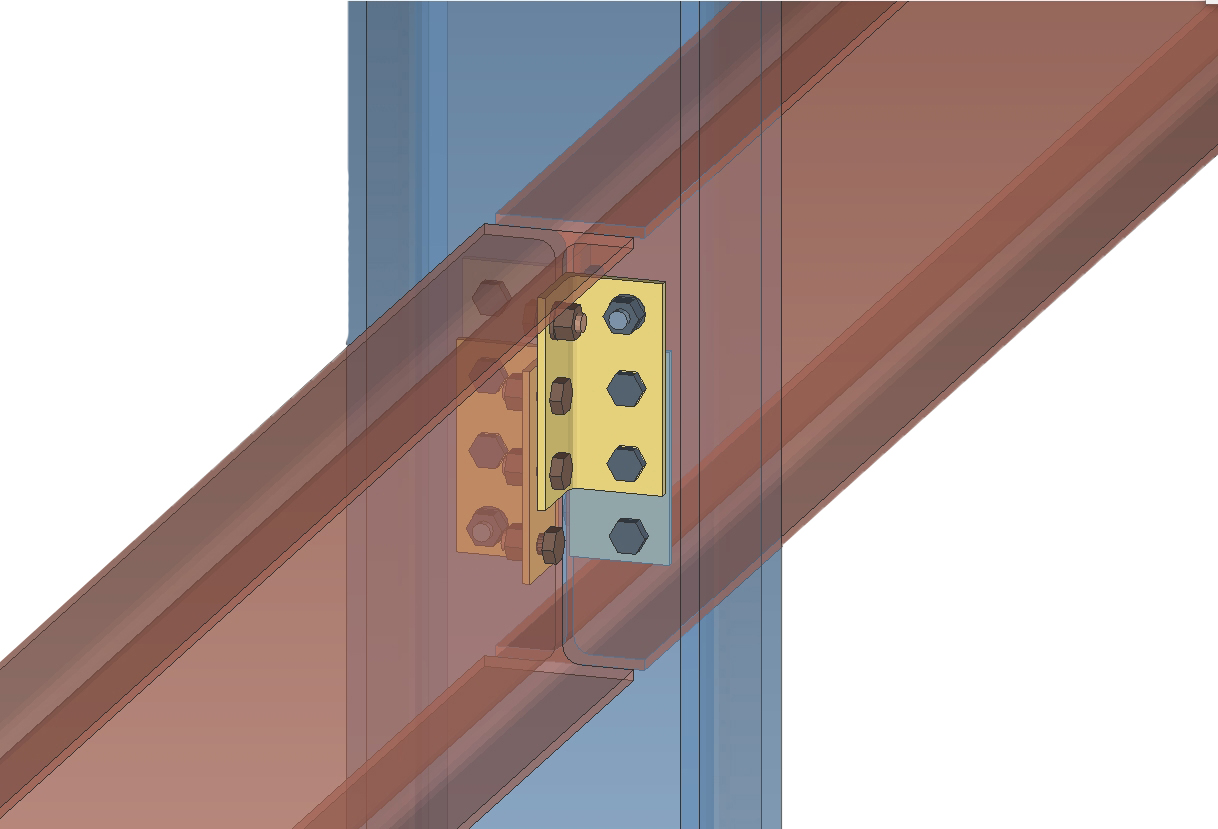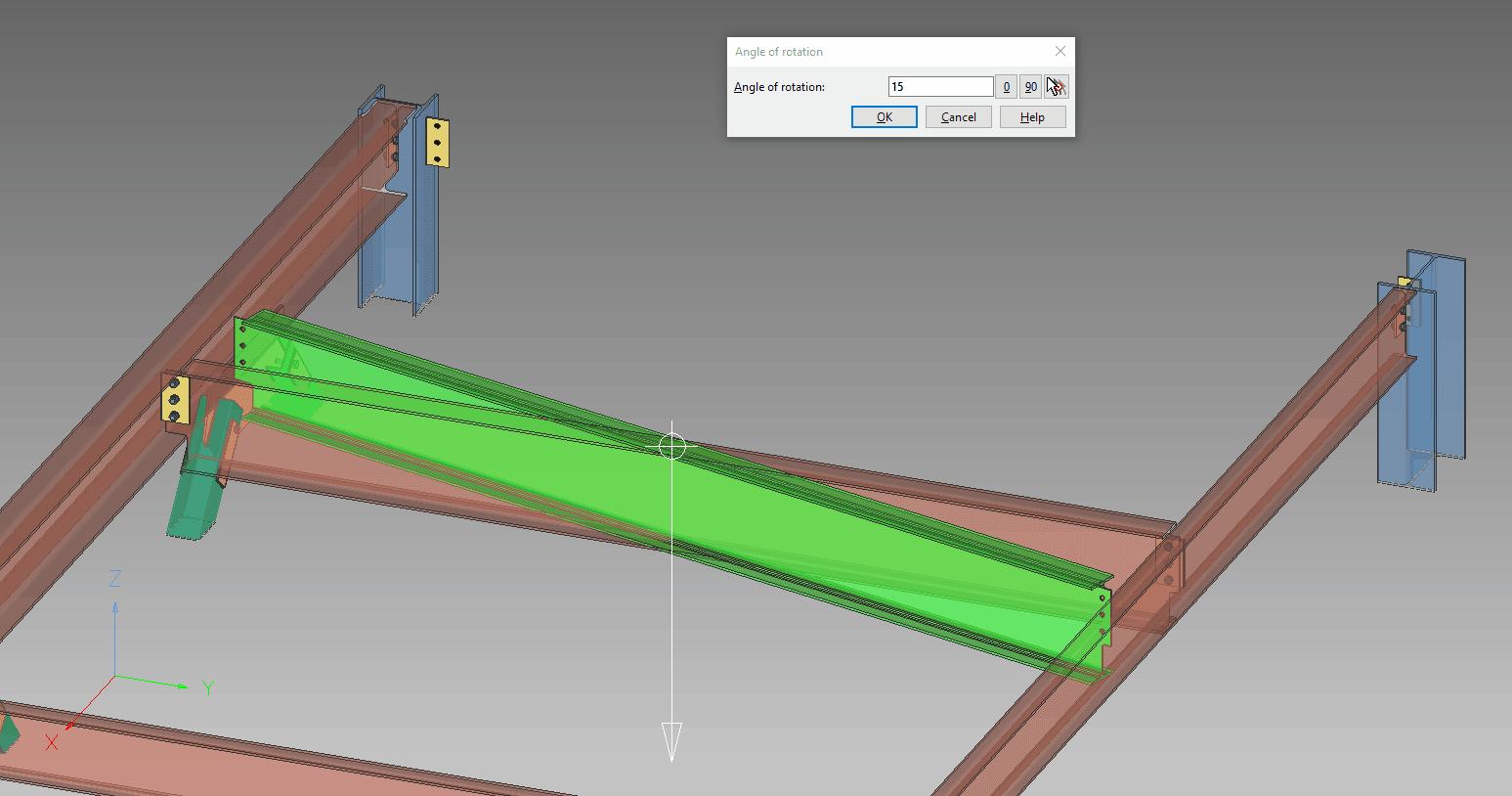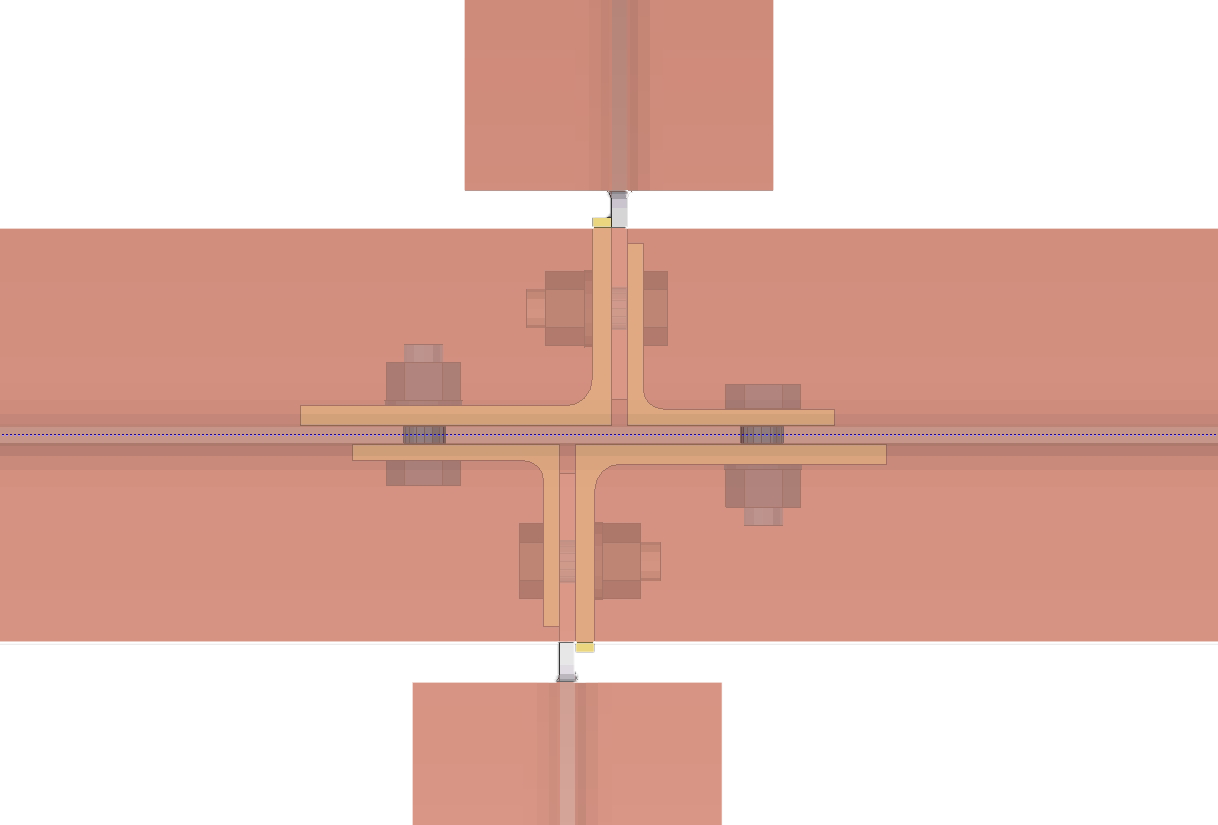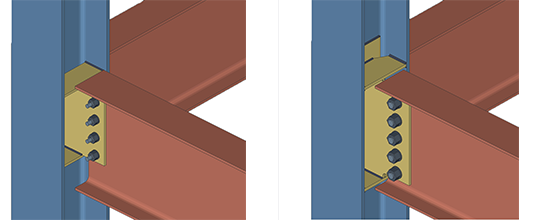Unexpected changes mean unexpected costs
Many factors affect a steel connection in the real world that may be hard to visualize on paper or even in a 3D model. This is especially true with erection, where external factors come into play such as clearance for tools or beam placement.
And yet erection is where issues and conflicts cost the most—as the industry adage goes, errors cost $10 for a detailer to fix, $100 for the fabricator, and $1000 for the erector.
Many software solutions still depend on the structural steel detailer to examine the complete node, consider conflicts that might occur during erection, and make tedious adjustments on each member in the model or drawing.
But SDS2’s automated connection design is built with the end goal in mind—a completed project. It is the only steel detailing software with erectability intelligence, considering the complete node in its connection design calculations and reducing the potential for human error when it comes to identifying job site complications.
A Comprehensive Software for Erectability and Constructability
Below are ten common field issues that SDS2 automatically checks and adjusts for as you generate your model and drawings. Some functions—in particular, those built on AISC, CISC, or OSHA specifications—run by default with SDS2’s automated connection design functionality. But many can also be controlled and customized with additional setup options according to fabricator and erector preference.
- Insufficient Bolt Clearance: Specifications for bolt clearance are provided by the AISC and are encountered on nearly every construction project. SDS2’s connection design adheres to these standards by default, but you can also go further and control for both hex head and tension control bolts, as well as large or small tension control tools.
- OSHA safety connections: Safety Connections can also be generating automatically according to AISC and OSHA requirements. These allow bolts to be installed for one beam until the opposing beam and all shared bolts can be installed.

- Erection aids: Similarly, erection holes are added to the model where bolts will be needed to hold braces in place while they are welded in the field.
- Inadequate framing clearance: Placing shear tabs on opposite ends sides of beams makes the erection process easier, allowing erectors to swing beams into position without having to clear both shear plates.

- Incorrect material orientation: With SDS2, you can automatically design symmetrical shear plates with holes centered on the plate, making it impossible for fabricators or erectors to install the plate backwards.
- Conflicts with opposing connections: With offset beam-to-beam connections, SDS2 can adjust for larger angle sizes on shared connections to avoid conflicts with opposing bolts.

- Inadequate connection clearance: To ensure a smooth erection process, SDS2 automatically copes flanges for various conditions, including drop down installation, flange thinning on narrower columns, and bolt clashes.
- Tool clearance: Additionally, SDS2 will extend shear plates past the flange to create clearance for tension control tools and for ease of erection where stiffeners are required because of moment connections.

- Shank out: Even something as particular as adding washers to prevent shank out can be handled automatically in SDS2.
- Over-designed connections: Expanded bolt spacing is a bonus feature for both fabricators and erectors. Running connection optimization in SDS2, you can eliminate unnecessary bolts, which means fewer holes to drill in the fabrication shop and fewer bolts to install in the field.
Making these and similar adjustments in the field could require either costly rework for the fabricator or improvised, labor-intensive solutions in the field that can cause delays, risk worker safety, and even jeopardize the integrity of the project.
So why risk it? While we applaud the keen and insightful eyes of our detailers, automation makes costly errors easily avoidable, bringing an extra layer of accuracy and security to the whole project.
